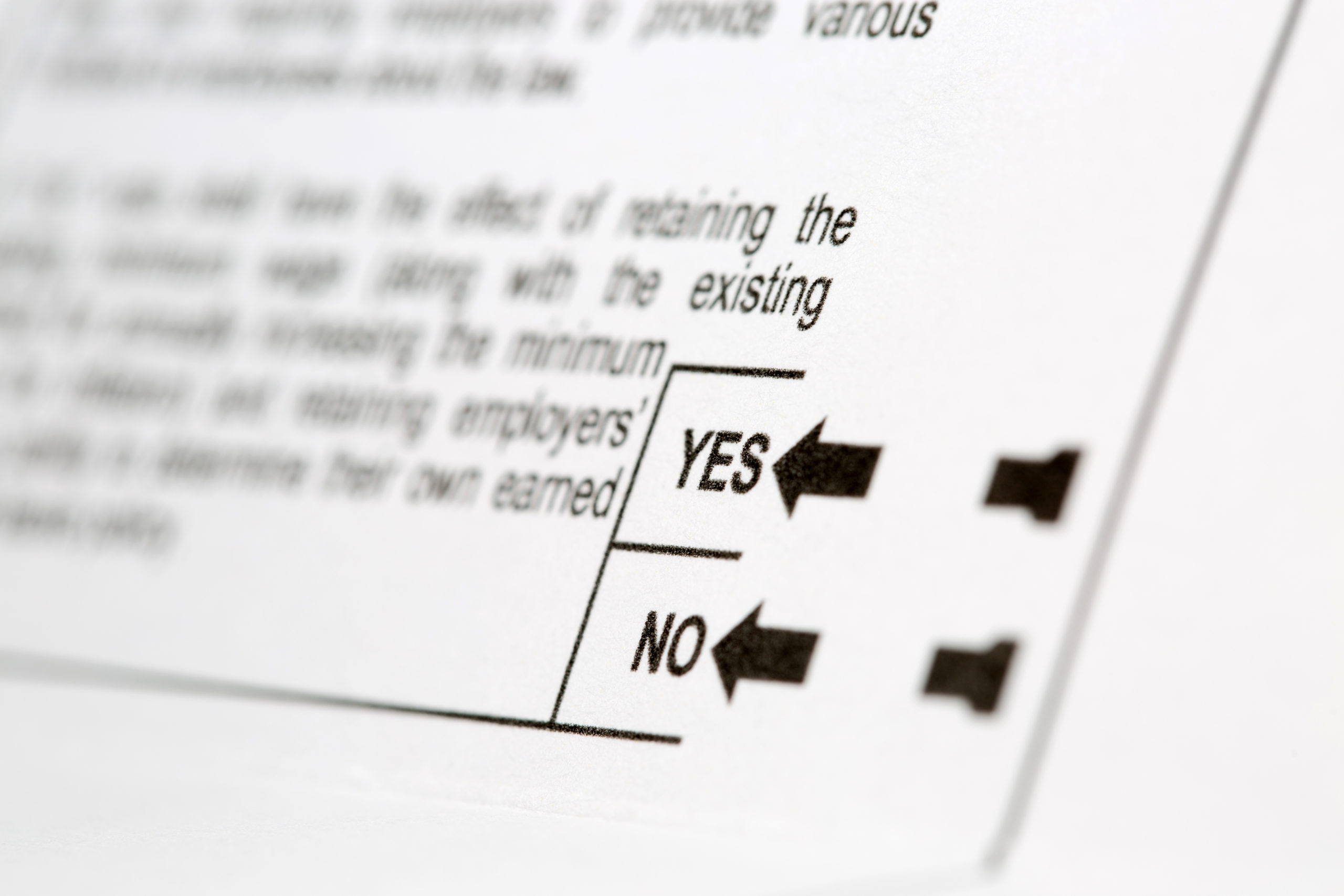Assessed value of your California real property holdings
If you’re like me, this time of year brings with it some trepidation as you await the arrival of the annual notice from the county tax assessor’s office informing you of the current assessed value of your California real property holdings. If so, you may be curious why the assessed value of your California real estate shown on this year’s notice may have increased by more than the 2% allowed annually under Proposition 13. It turns out that these larger increases are the result of a relatively unknown wrinkle in a law designed to provide taxpayers with a temporary tax break during periods of declining real estate values.
Proposition 13
After the adoption of Proposition 13 in June 1978, the California legislature drafted Proposition 8 for submission to the electorate in order to provide for the temporary reassessment of real property under Proposition 13 to reflect short-term losses in value. Proposition 8 was approved by the voters at the November 1978 general election, and has served since that time to allow such “decline in value” reassessments.
Financial crisis and Great Recession of 2008-2009
In the wake of the financial crisis and Great Recession of 2008-2009, real estate values plummeted in California. This market collapse resulted in massive numbers of Proposition 8 “decline in value” reassessments. In Santa Clara County alone, the Assessor’s Office in 2010 temporarily lowered the assessments of over 100,000 properties on its own initiative, in addition to those reductions made at the request of the owner. As a result, the assessed value of all property in Santa Clara County fell for first time since the Great Depression.
Assessed values of California property
When it comes to the assessed values of California property, however, what goes down must generally come back up. Once those conditions that resulted in the short-term reduction in the value of a property have passed, the provisions of Proposition 8 grant the county assessor the authority to restore the assessed value of California real estate to the lower of (1) its current market value or (2) its base year value, adjusted for the 2% annual increases allowed under Proposition 13. In those situations, the annual increase in assessed value may be substantially greater than 2%; for example, in 2014, over 70,000 Santa Clara County properties experienced double-digit increases in their assessed values.
Overall market conditions in California
While overall market conditions in California continue to improve, providing general justification for the types of increased assessments described in this article, it may still be worthwhile to challenge the assessed value of your real estate holdings, depending on the specific circumstances relating to your property. An accountant or real estate attorney with a background in property taxation can be very helpful in evaluating your options in these situations.



